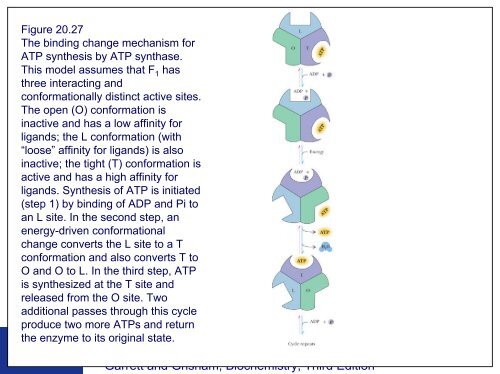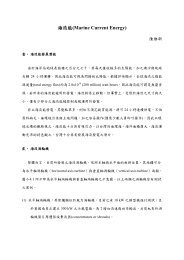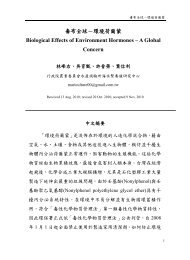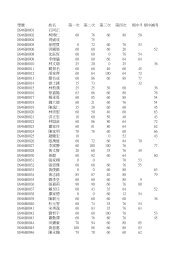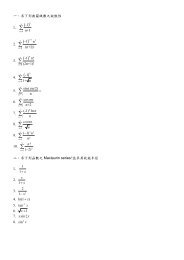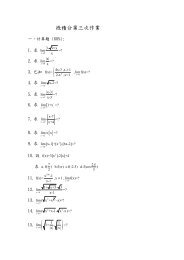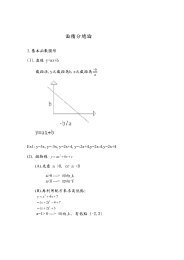Electron Transport and Oxidative Phosphorylation
Electron Transport and Oxidative Phosphorylation
Electron Transport and Oxidative Phosphorylation
You also want an ePaper? Increase the reach of your titles
YUMPU automatically turns print PDFs into web optimized ePapers that Google loves.
Figure 20.27<br />
The binding change mechanism for<br />
ATP synthesis by ATP synthase.<br />
This model assumes that F 1 has<br />
three interacting <strong>and</strong><br />
conformationally distinct active sites.<br />
The open (O) conformation is<br />
inactive <strong>and</strong> has a low affinity for<br />
lig<strong>and</strong>s; the L conformation (with<br />
“loose” affinity for lig<strong>and</strong>s) is also<br />
inactive; the tight (T) conformation is<br />
active <strong>and</strong> has a high affinity for<br />
lig<strong>and</strong>s. Synthesis of ATP is initiated<br />
(step 1) by binding of ADP <strong>and</strong> Pi to<br />
an L site. In the second step, an<br />
energy-driven conformational<br />
change converts the L site to a T<br />
conformation <strong>and</strong> also converts T to<br />
O <strong>and</strong> O to L. In the third step, ATP<br />
is synthesized at the T site <strong>and</strong><br />
released from the O site. Two<br />
additional passes through this cycle<br />
produce two more ATPs <strong>and</strong> return<br />
the enzyme to its original state.<br />
Garrett <strong>and</strong> Grisham, Biochemistry, Third Edition


